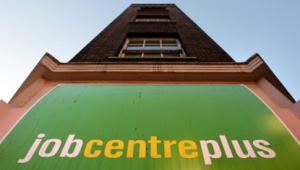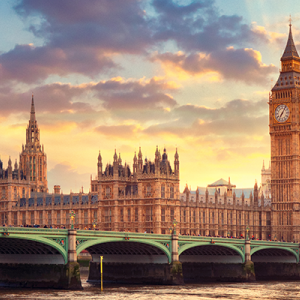By Richard Johnstone | 17 October 2014
Spending across the range of benefits included in the upcoming welfare cap is expected to fall as a percentage of the economy to 2018/19, an analysis from the Office for Budget Responsibility has found.
Publishing its first Welfare trends report, which it was asked to compile after Chancellor George Osborne set the cap in March, the OBR said spending on benefit payments in the cap would equal £119.5bn when the cap comes into effect in 2015/16. This equates to 6.7% of gross domestic product.
Under the plans for the cap – which includes Disability Living Allowance, Employment and Support Allowance and Child Benefit but not Housing Benefit or Jobseekers’ Allowance – if payments increase above the OBR’s projections by more than 2%, a vote of Parliament will be needed to authorise the spending.
According to the OBR, spending on the benefits included in the scope of the cap will rise in cash terms to £126.7bn in 2018/19. However, this is predicted to be just 6.2% of GDP.
Among the reasons for the fall will be a decrease in the real-terms cost of tax credits, as a result of the government’s decision to cap annual increases at 1% for three years from 2013/14.
Falls of 0.1% of GDP in spending on both Housing Benefit and incapacity benefits – the next largest spending items – are also anticipated over the next five years.
Spending on a number of other benefits, including Pension Credit, Child Benefit and Income Support are also forecast.
However, risks to the projections relate to both the reforms to incapacity benefits (being replaced by Employment and Support Allowance) and disability benefits (Disability Living Allowance is being replaced by Personal Independence Payment).
These were uncertain as it was not yet known what impact changes, which include additional assessments, would have on caseloads.
Responding to the report, the Institute for Fiscal Studies said that evidence from recent years (specifically Budget 2012) shows that forecast spending on welfare can be revised up by more than 2% – therefore, even allowing for the margin of error, the cap should meet its purpose.
‘The logic behind the 2% buffer is that it allows a tighter cap to apply to increases in welfare spending brought about by policy changes without the risk of relatively small fluctuations in forecast spending frequently leading to breaches of the cap,’ its response stated.





















